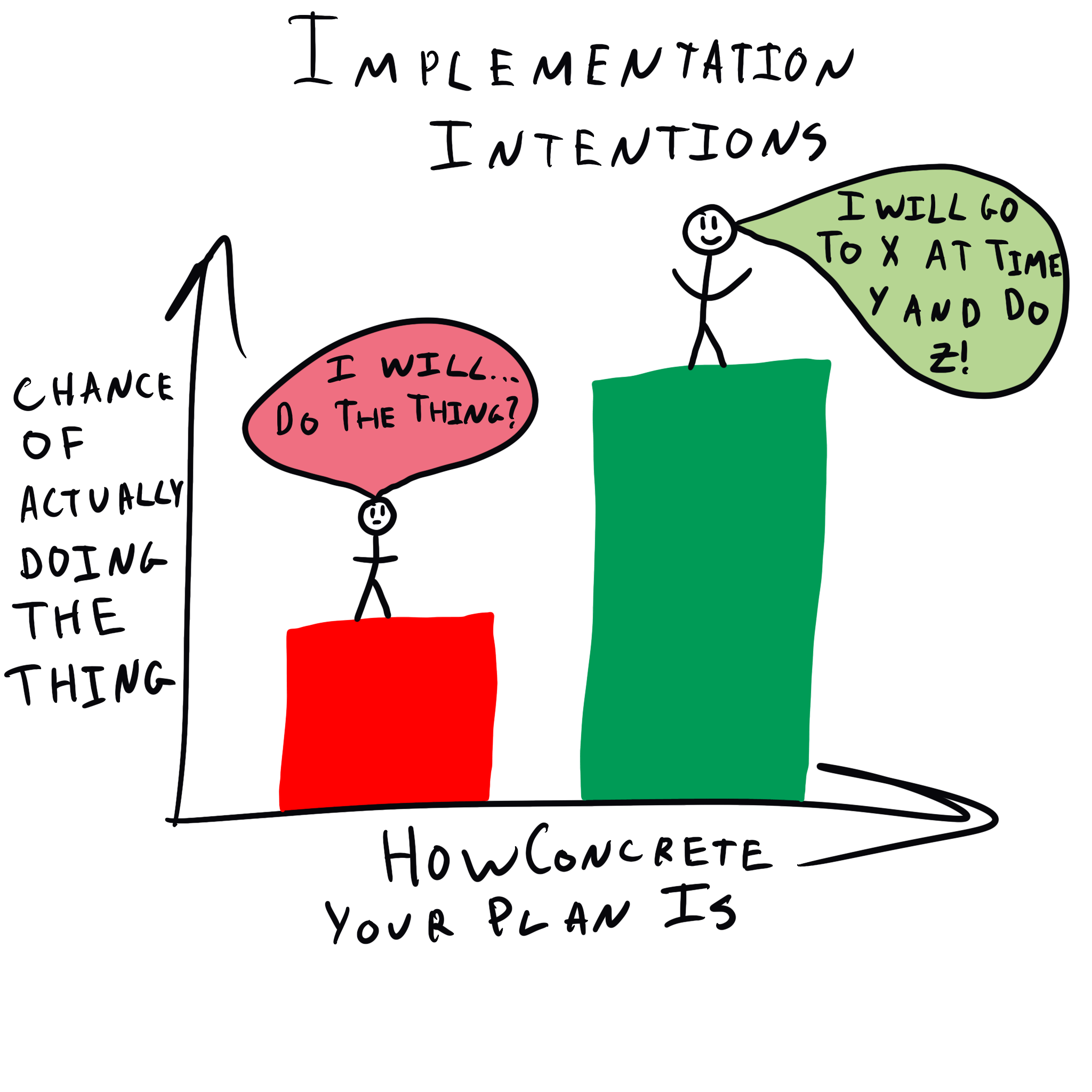Why do we underestimate how long it will take to complete a task?
Planning Fallacy
, explained.What is the Planning Fallacy?
The planning fallacy describes our tendency to underestimate the amount of time it will take to complete a task, as well as the costs and risks associated with that task—even if it contradicts our experiences. First identified by psychologists Daniel Kahneman and Amos Tversky, this bias affects individuals, teams, and organizations alike. Whether it's building a house, launching a product, or studying for an exam, people tend to create overly optimistic timelines and budgets. This happens because we focus too much on the best-case scenario and ignore relevant historical data or potential setbacks.

Where this bias occurs
John, a university student, has a paper due in one week. He’s written many papers of a similar length before, and it generally takes him about a week to get it done. Nevertheless, as he is dividing up his time, John is positive that he can finish the assignment in three days, so he puts off starting. However, in the end, he doesn’t have the paper finished in time, and needs to ask for an extension. This is a prime example of the planning fallacy at work.
A hallmark of the planning fallacy is that we tend to maintain our optimism about how long a task will take despite historical evidence that contradicts it.15 Even though John acknowledges that his previous papers took longer, he is still convinced that he can finish his current paper in less time. Lo and behold, his paper ends up taking just as long as all those previous papers. Research suggests that this is to be expected. Although we hold overly optimistic intentions about our future performance, our future behavior tends to match our past behavior—and sometimes tasks end up taking even longer than we thought they did in the past.15
Interestingly, the planning fallacy only affects estimations about one’s own task completion times. Outside observers tend to lean in the opposite direction, overestimating the time needed to complete a task.13 Had John asked a friend how long they thought it would take him to complete his paper, his friend likely would have suggested that he get started much earlier.
Unfortunately, we don’t have the benefit of this objective perspective when estimating our own project timelines. Despite past evidence suggesting the contrary, we tend to think—like John—that we can get things done faster the next time around. This results in a cycle where history repeats itself time and time again, as we continuously underestimate our time requirements and end up missing deadlines, blowing through budgets, and rushing to complete projects at the last minute.














